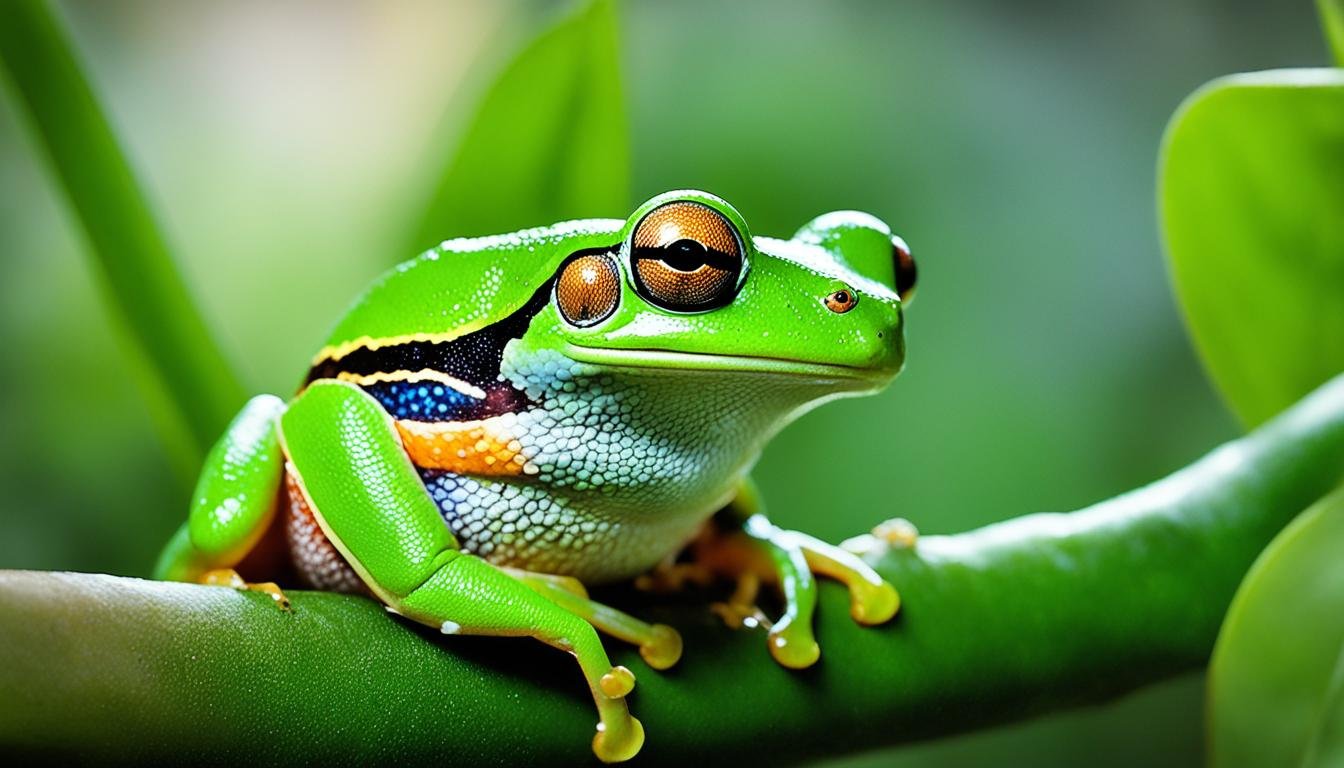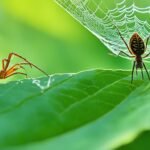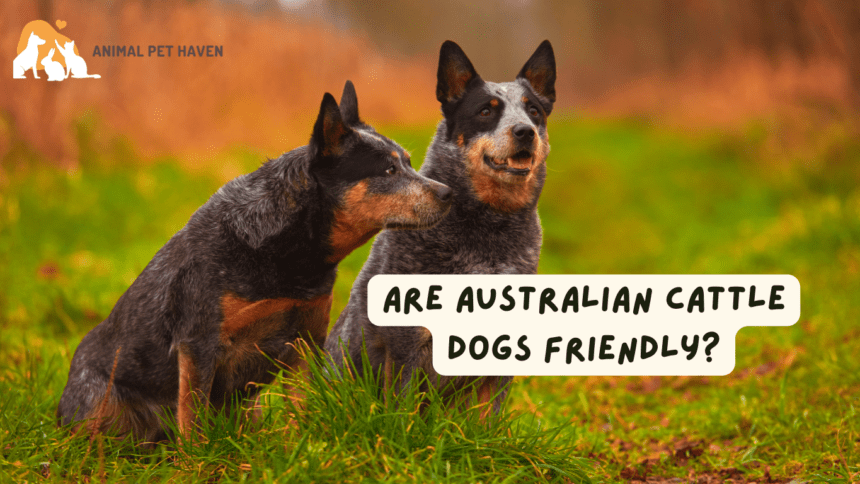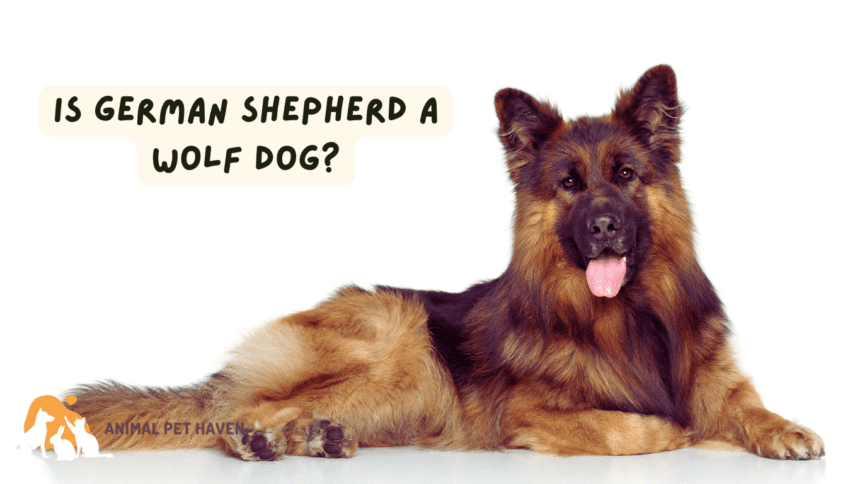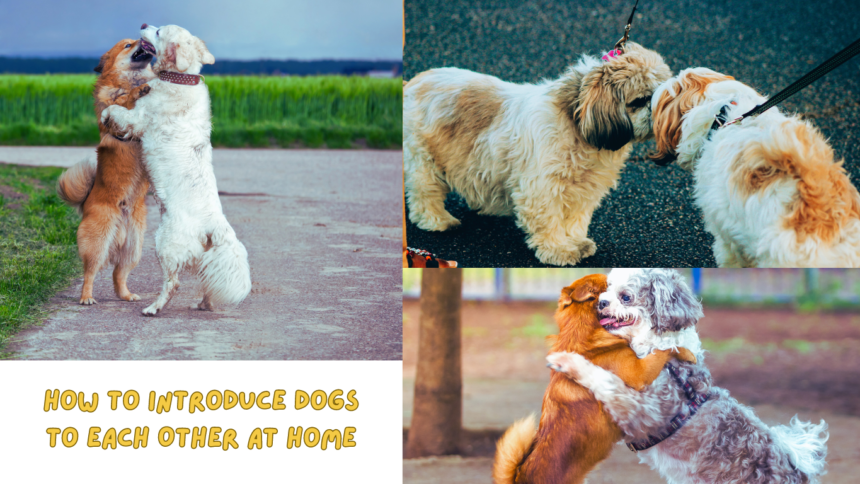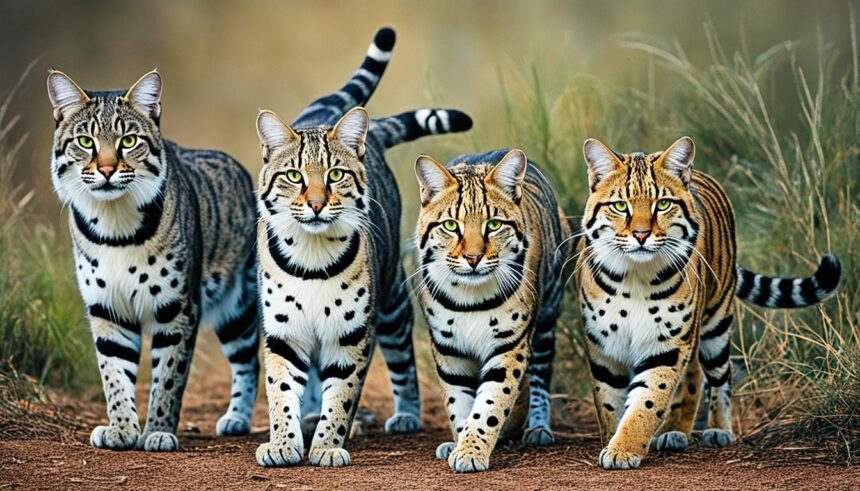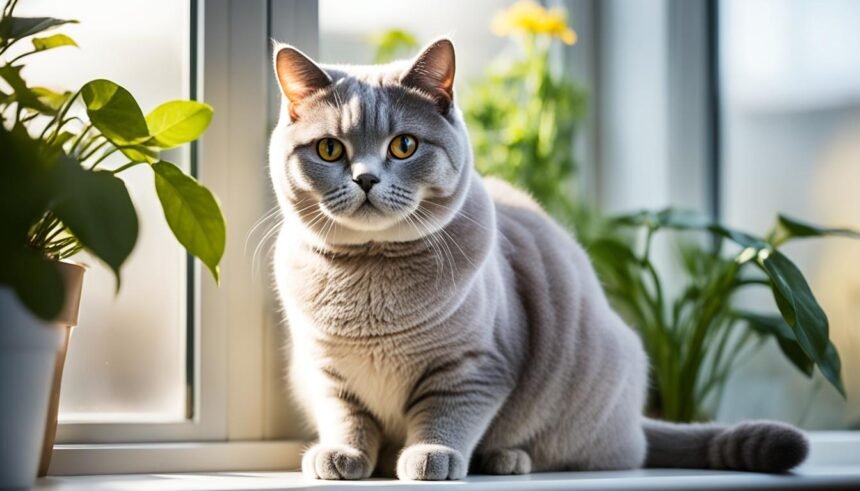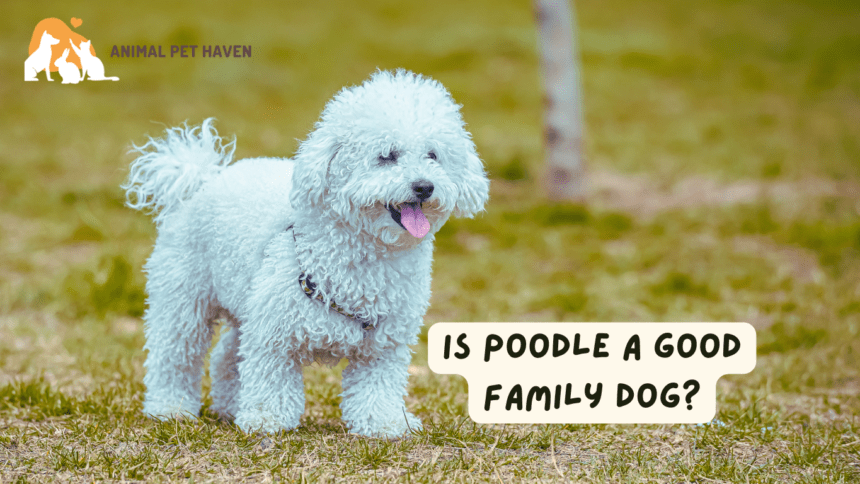The Australian green tree frogs (Litoria caerulea) is a top choice for an amphibian pet. They easily adjust to living with us and can live for over 25 years. This makes them great for anyone wanting a pet for many years.
Families will find these frogs to be gentle. They don’t mind being handled now and then. This makes them great for kids. Their care is straightforward, which is good news. They need a 3ft (90cm) tank, and this setup works well for 3-4 frogs.
Yet, owning these frogs responsibly matters a lot. It’s important to buy them from places that don’t harm nature. Their tanks should be warm, above 18°C, and have clean water. Also, UVB lighting is vital to keep them healthy. Understanding these needs means you can have a happy frog as a pet.
The Popularity of Australian Green Tree Frogs as Pets
Australian green tree frogs are popular pets in Australia for many reasons. They are known for their beautiful looks and friendly nature. These Australian frogs win the love of pet owners worldwide. Another reason they are loved is their long lifespan in captivity. They can live up to 25 years, offering a long-term friendship.
Green tree frogs adapt well to living with humans. They can flourish in different settings, such as garden spaces or indoor aquariums. Their ability to live in human-modified places makes them perfect pets. Choosing captive-bred green tree frogs is a responsible and ethical choice.
- The average lifespan of these frogs in captivity is about 16 years, promoting a longstanding bond between pet and owner.
- They can grow up to 11.5 cm, making them perfect for small spaces like aquariums.
- These frogs have been introduced to areas beyond their native homes, thriving in places like Florida, USA and New Zealand.
- They eat up to 20% of their body weight in food during two to three feedings a week, fitting into most care schedules.
Owning a green tree frog means taking on certain responsibilities. Owners need to make sure their living spaces are close to natural habitats. This includes managing the right temperatures and water quality, key for their health. It’s also good to get younger, captive-bred frogs to help conservation and ensure a healthy pet.
Australian green tree frogs are more than pets; they bring a bit of nature into our homes. They stand out as popular pets due to their lovable natures and simple care needs. These frogs are a proud part of Australia’s wildlife, offering friendship for a lifetime.
Understanding the Natural Behaviors of Green Tree Frogs
Australian tree frogs are known for their nighttime activities. They live in environments like lush rainforests and swampy areas. These settings are key to their survival both in the wild and in captivity.
At night, they hunt for insects and small creatures. It’s important to create a home for them that matches this natural behavior. Doing so helps them stay healthy and active, even when they are kept as pets.
- They need a variety of insects to eat at night.
- Their homes should have dark times to match their night habits.
- Keeping their home clean and right for them is crucial.
Creating the right home for tree frogs requires meeting several needs. Here’s what they need in their habitat:
| Feature | Description | Importance |
|---|---|---|
| Lighting | Low-level UVB lighting for 10-12 hours daily | Mimics natural sunlight, helps with Vitamin D |
| Temperature | Thermal gradient from 65-68 F at night to 72-80 F during the daytime | Keeps their metabolism right, matches the wild |
| Humidity | 70-90% | Keeps them hydrated and their skin healthy |
| Space | Minimum of a 15-gallon tank for up to 4 adult frogs | Gives them room to move and be comfortable |
| Substrate and Cleanliness | Use of coco coir; regular cleaning routine including spot-cleaning and deep cleaning every 2 to 4 weeks | Helps them act natural, keeps them healthy |
By mimicking their natural environment, we can make sure green tree frogs do well with us. This effort to recreate their natural living conditions is key for anyone wanting to keep these frogs as pets.
Are Australian Green Tree Frogs Good Pets?
Understanding a green tree frog’s suitability as a pet means knowing their needs. Australian Green Tree Frogs are popular in exotic pet ownership. They are gentle and do well indoors, making them great for all levels of frog lovers.
They fit well in homes because their needs are simple. They like temperatures that our heaters can easily provide. To keep their skin healthy, just mist their area daily.
Australian Green Tree Frogs can live up to 25 years with proper care. This means you get a friend for a long time. Good food, the right home setup, and regular vet visits keep them healthy. This makes them a top pick for serious exotic pet enthusiasts.
But, these frogs need a stable, clean place to live well. They can’t handle dirty water or big temperature changes. It’s important to keep their space clean and handle them gently to avoid stress.
In summary, green tree frogs are great pets for those new to amphibian companions. Their care is straightforward and they have a calm nature. They offer a unique experience in exotic pet ownership, without being too demanding for beginners. Australian Green Tree Frogs are a delightful way to start your amphibian adventure.
Creating a Sustainable Habitat for Green Tree Frogs
Designing a perfect home for green tree frogs is more than making it look good. It’s about mimicking their natural, tree-filled environments. This helps them stay physically and mentally healthy, letting them climb and jump as they would in the wild.
A good frog home must be escape-proof, safe, and tall. This allows the frogs to move up and down, like in their natural surroundings. Let’s look at setting up a space that meets their needs:
| Feature | Description | Benefit |
|---|---|---|
| Vertical Space | High enclosures with branches and foliage | Mimics natural tree-dwelling behavior, encourages exercise and exploration |
| Water Features | Incorporation of shallow and deeper water areas with a minimum depth of 50cm | Supports hydration and simulates natural pond conditions |
| Substrate and Decor | Use of non-toxic mulch, leaf litter, and smooth stones | Provides natural grounding and hiding spots, reducing stress |
| Plant Choices | Naturally occurring plants like Tussock Sedges and Kangaroo Grass | Enhances the ecosystem by maintaining humidity and providing shelter |
| Climatic Control | Controlled temperature and humidity mimic the native environment | Prevents dehydration and stress, promoting overall health |
A well-kept setup also keeps pests away. It brings helpful insects and fish into the mix. This is essential to protect the frogs’ sensitive skin from bad materials and polluted water.
Setting up a terrarium for green tree frogs is about careful choice. Surfaces shouldn’t be slippery, and water should be clean. Using rainwater or treated tap water keeps frogs safe from harmful chemicals.
In conclusion, creating a true frog habitat is a big yet fulfilling task. It boosts the ecosystem, lets frogs behave naturally, and keeps them healthy. This way, we help in conserving these unique amphibians.
Essential Diet and Nutritional Needs
It’s critical to feed green tree frogs the right diet for their health. Their diet should mimic what they eat in the wild to prevent nutritional issues. We’ll discuss what these frogs eat, how often to feed them, and the dangers of a bad diet.
What Green Tree Frogs Eat in the Wild
Green tree frogs are natural insect eaters. They hunt many insects like crickets, moths, and cockroaches. It’s key to copy their natural diet in captivity for their best health.
Feeding Schedule and Food Varieties
Captive green tree frogs need regular feedings with a mix of insects. Young frogs eat daily because they grow fast. Adult frogs should eat every other day. Include insects like crickets and mealworms, and sometimes wax worms and earthworms.
Adults eat 10-20% of their body weight each week over 2-3 feedings. Juvenile frogs eat daily. Every meal needs insects coated in calcium for strong bones and to stop health problems.
Risks of Improper Nutrition
Bad nutrition can cause health issues. Not getting enough calcium can lead to metabolic bone disease. This makes frogs’ bones weak, easily broken. Always give them calcium and a bit of vitamin D. Feed high-fat insects like wax worms only sometimes to prevent obesity.
Feeding green tree frogs right is about their long-term health, not just stopping hunger. Following these tips can help your frogs live healthy, full lives.
Heating and Lighting Requirements for a Healthy Frog

Keeping a frog’s home right is key to its health and long life. Adequate heating and UVB lighting do more than make them comfy. They’re vital for their body to work right.
Optimal Temperature Range
Green Tree Frogs need exact temperature control. They love it between 72–80°F in the day and 65–68°F at night. This setup copies their wild home and keeps their body working well. Experts recommend an aquarium heater to keep the temp just right, avoiding the harm of too cold.
Importance of UVB Lighting in Growth and Development
Even though Green Tree Frogs are night-lovers, UVB lighting is a must for their health. UVB light starts vitamin D3 synthesis,
important for using calcium right. This stops metabolic bone disease and helps frogs grow strong. A 2.0 UVB light is good, giving enough light safely. Following frog care guides, keep the light on for 10–12 hours a day to copy their natural light.
| Element | Description | Importance |
|---|---|---|
| Temperature Control | Maintains 65–68 F at night and 72–80 F during the day | Essential for vital physiological functions |
| UVB Lighting | Provides vital UVB rays, simulating daylight exposure | Facilitates vitamin D3 synthesis, crucial for calcium metabolism and general health |
| Heating Devices | Uses devices like aquarium heaters | Prevents temperatures from dropping below the safe threshold |
Learning and applying these points means Green Tree Frogs won’t just live; they’ll flourish at home. This makes for happy frogs and happy owners too.
Water Quality and Hydration for Tree Frogs
It’s very important to keep the water quality high for tree frogs. These frogs get water through their skin, not by drinking. So, the water they live in must be clean for their health.
Maintaining Clean Water in the Enclosure
To make sure the water stays clean, mix regular water changes with mechanical filtration. When changing water for tree frogs, only change half at a time. This avoids shocking the frogs with sudden changes.
A small filter helps a lot. Adding running water or plants improves water oxygen and cleanliness. This is key for the healthy water that frogs need.
Preventing Chlorine Contamination
Tap water has chlorine, which is bad for frogs. Use conditioners to make tap water safe for your frog’s home. These conditioners take out the bad stuff, leaving the water safe and clean.
Design the frog’s home with escape spots to stop drowning. The home should fit the frog’s needs for water and land.
- Regular Water Changes: Change 30-50% of the water every two weeks.
- Use of Water Conditioners: Always use conditioners to remove chlorine and metals. This makes the water better for frogs.
- Physical Cleanliness: Keep the home clean. Remove leftovers and waste fast. This stops bad bacteria and keeps the water safe for frogs.
Focus on keeping the water clean, use conditioners, and check water quality often. This helps your frogs stay healthy and live longer. Clean water meets their needs and helps them do well in their homes.
Health Monitoring and Veterinary Care
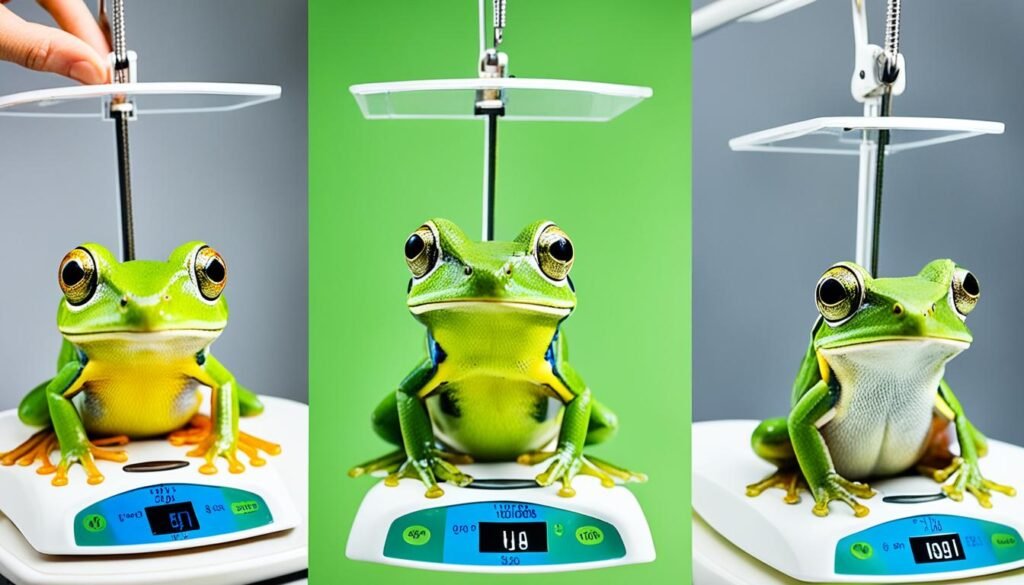
Keeping green tree frogs healthy means doing regular frog health checks and using preventive measures. Getting them checked by a vet early can catch and treat possible health issues. This greatly helps the green tree frog’s wellness. Watch for signs like being less active, eating less, or skin issues.
These issues could mean your frog is sick and needs help right away.
For frog owners, here’s a simple guide with care tips:
- Watch your frog for any unusual behavior or signs of being sick.
- Keep their living area’s temperature and humidity stable.
- Take them for check-ups with a vet who knows about exotic animals.
A key part of keeping green tree frogs healthy is their diet and home setup. Here’s what they need:
| Habitat Requirement | Specification |
|---|---|
| Enclosure size | Minimum 18″x18″x24″ for adult frogs |
| Temperature | Keep the air at a steady 75°F |
| Humidity | 30% in winter, 35% in summer |
| UVB Lighting | 5-6% UV tube, replace it every 9 months |
| Diet | Lots of protein from live foods; add calcium, vitamins, and minerals |
| Hydration | Spray their home with water every day |
Following these tips creates a home that feels natural for green tree frogs. It also keeps them healthy. Don’t forget regular frog health checks and visiting a vet who specializes in frogs. This is essential for a happy, healthy frog.
Interaction and Handling: Can You Play with Your Frog?
Playing with your pet frog can be fun. Yet, it’s vital to be careful to not stress them out. While some frogs don’t mind being handled now and then, it’s best to touch them less often.
How to Safely Handle Your Frog
Wash your hands before and after touching your frog. Their skin is very sensitive. Be gentle and quick when you pick them up. Keep the handling short to keep them happy.
Understanding Frog Stress Signs
Watch how your frog acts when and after you handle it. This tells you if they are happy or stressed. Look out for less eating, being very still, and unusual actions. These are signs they might be stressed.
Making their home better or adjusting the temperature can make them feel better. Happy frogs are active and eat well.
| Indicator | Behavioral Response | Recommended Action |
|---|---|---|
| Decreased Appetite | Reluctance to eat normal quantities | Review diet composition and feeding frequency |
| Lethargy | Less active, ignores environment | Check habitat temperature and lighting |
| Behavioral Changes | New or odd behaviors, like excessive hiding | Enhance habitat comfort with more hideouts or quieter surroundings |
Remember, handling your frog the right way helps them stay healthy. Doing little things to keep them happy ensures they lead a stress-free life. Always stick to these tips for a joyful life with your frog friend.
Conclusion
Taking care of an Australian green tree frog is both challenging and rewarding. These frogs can live over 16 years with the right care. They teach us about responsibility and love. Understanding their need for a certain environment is crucial. They thrive in temperatures of 24-28°C and humidity levels of 70-80%.
Caring for them means focusing on their diet, health, and how we handle them. Their food preferences change as they grow, needing insects and small invertebrates. Proper lighting keeps their day and night cycles consistent. Watching for signs of distress is key. This means quick action if they show tiredness or eat less.
Being gentle is part of good care. Handle them softly and with wet hands, but not too often. This respects their delicate nature. Enjoying time with them without causing stress shows true care. It’s this balance that makes living with a green tree frog special. It turns pet care into a meaningful journey of respect and wonder.
FAQ
Are Australian green tree frogs good pets for beginners?
Australian green tree frogs are great for beginners. They can adapt well and live long, making them perfect for those new to exotic pets.
What makes Australian green tree frogs popular as pets?
They’re popular because they don’t mind being handled and adapt well to captivity. Their unique looks also make them favorites.
How do I replicate the natural behaviors of a green tree frog in captivity?
Create a habitat that lets them hide and hunt like in the wild. Use live insects for their meals to mimic natural hunting.
Can Australian green tree frogs be handled by children?
Yes, children can handle them under supervision. It’s important to be gentle to prevent harm to the frog.
What should an ideal habitat for a green tree frog include?
The perfect home for them needs plenty of space to climb, good air flow, and just the right warmth and moisture.
How much food should a captive green tree frog eat?
Adults need 10-20% of their weight in food weekly, in 2-3 feedings. Juveniles eat daily due to their faster growth.
Why is UVB lighting important for green tree frogs in captivity?
UVB lights help them make vitamin D3. This is crucial for healthy bones and avoiding growth problems.
How can I maintain clean water in my green tree frog’s enclosure?
Keep water fresh by changing it regularly, but not all at once. Use filters or water features and add some water plants.
What are signs of poor health in green tree frogs?
Look out for less eating, being less active, changes in skin color, and texture. See a vet early to fix any health problems.
Is it safe to play with my green tree frog, and how often?
Handling them is okay now and then, but keep it rare and gentle. Always clean your hands before and after to protect them.
What are signs of stress in green tree frogs?
Not wanting to eat, being sluggish, and acting differently can mean stress. Check their living space and make it better for their happiness.

